"Protected animals in my country - Srilanka"
Greetings everyone,
I hope you are all well. Today I am participating in the contest "Protected animals in my country" organized by @steem.ofanimals. I participated in this contest for the first time two weeks ago and I thought I would participate in this contest again. Today I hope to share information about three more animals with you.
Just like humans, animals have the right to live freely in this world. However, many animals are suffering today due to human harassment and unnecessary actions. Showing love and kindness to animals in any way we can is a noble human virtue.
1️⃣ White swan 🦢
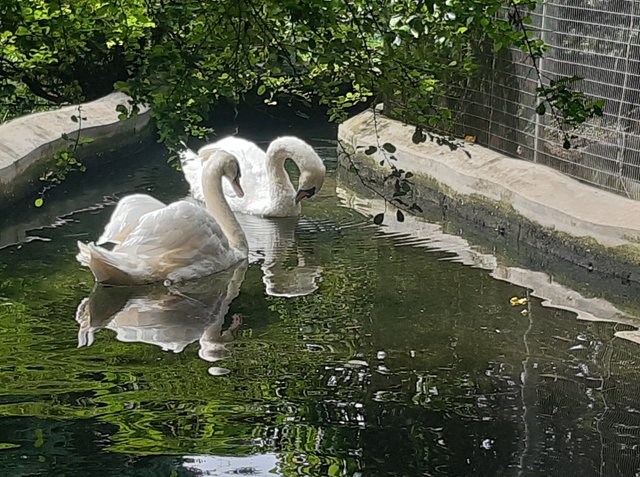 | 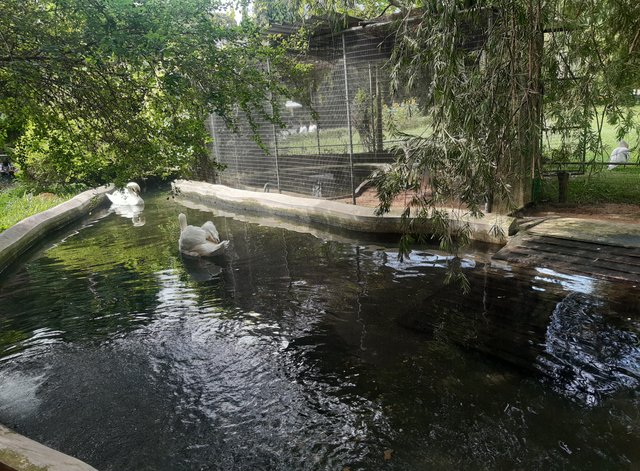 |
|---|
The two pictures above show two white swans. I took these pictures when I visited the Dehiwala Zoological Park, a zoo in our country. In addition to zoos, these animals live in various wetlands and lakes in our country. And white swans are a species of animal that live mainly in Asia, Europe, and the Americas.
Swans, with their lovely appearance and cute appearance, are considered innocent animals. Since swans live in water-related areas, the main environmental threat to them is the pollution of water due to the dumping of various wastes by humans into tanks and reservoirs. Water pollution also occurs due to the addition of toxic chemicals used in agriculture and various crops farming. Due to these reasons, swans lose their habitat. In addition, hunting swans for meat by humans will also cause the extinction of these animals.
Regarding the legal status and protection of white swans, the white swan is designated as a protected bird under the Sri Lankan law, the "Wildlife and Fauna Protection Ordinance of 1982", for the protection of migratory birds. In addition, the habitats of the white swan are protected under the Ramsar Convention (1971) in Sri Lanka under the Wetlands Protection Act.
Internationally, the white swan is listed under Appendix II under CITES (Convention on International Trade in Endangered Species), and is a species subject to international trade restrictions.
2️⃣ The Elephant 🐘
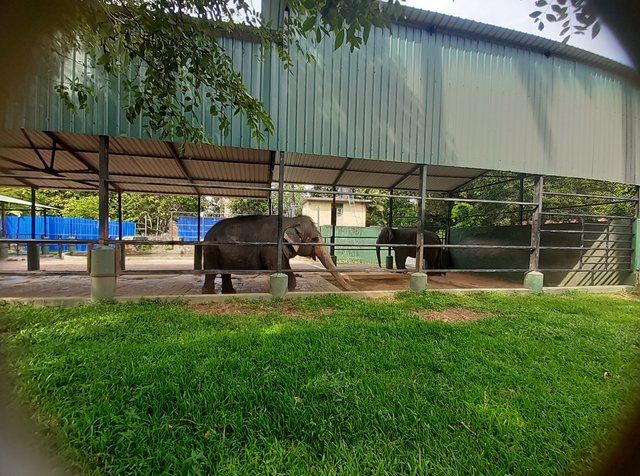 | 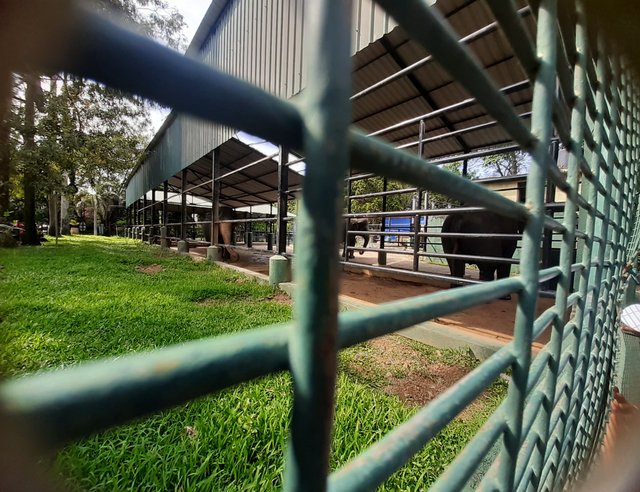 |
|---|
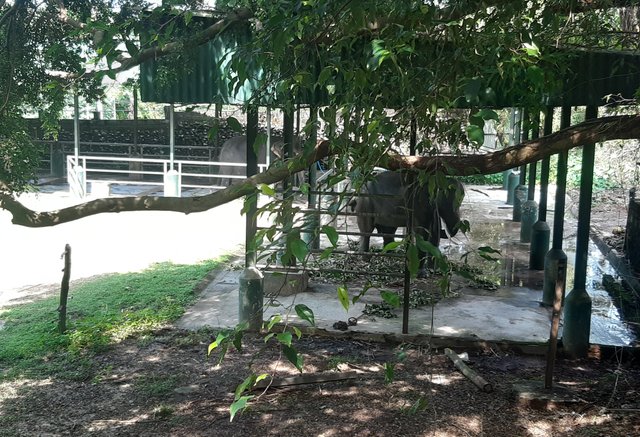 |
|---|
There are both endemic and non-endemic elephants in Sri Lanka. Elephants mostly live in the forests of the dry zones of our country such as Anuradhapura and Polonnaruwa. In addition, elephants also live in the zoos, wet areas like Sinharaja and Sripada forests. A major problem in our country is human-elephant conflict. Elephants cause damage to human crops and human lives, and due to this, people in some areas of the country live in great fear. People also kill elephants due to the damage caused by elephants. Elephants lose their habitat due to people clearing forests to build houses and plantations. Then, due to lack of food, they come to human plantations.
The elephant has a special place in Sri Lankan culture. Because elephants carry the casket during processions. Somehow, tame elephants do not cause any trouble to anyone. There are elephants specially designated to carry the casket during processions.
As I mentioned above, the main threats to elephants are habitat loss, elephant - human conflict, and deforestation forests by humans.
According to the "Fauna and Flora Protection Ordinance" of Sri Lanka, it is prohibited to kill elephants, destroy their habitats, and harass elephants. The Department of Wildlife has also imposed various laws and regulations regarding elephants. People cannot intentionally harm any animal under Sri Lankan law.
3️⃣ The Pelicans 🦤
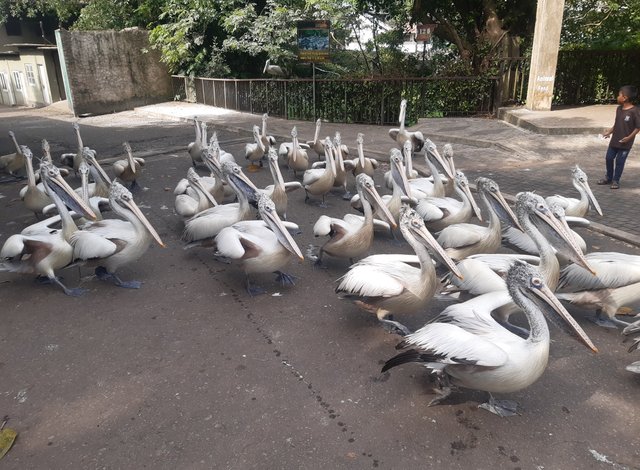 | 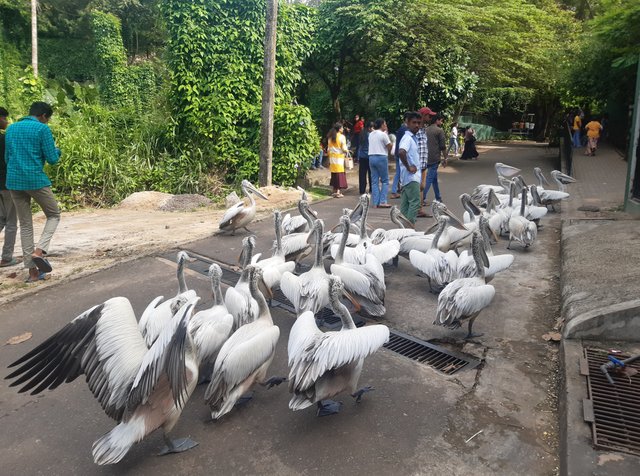 |
|---|
The two pictures above show a type of bird called pelicans. Pelicans are a genus of large waterfowl belonging to the Pelicanidae family. They are characterized by a long beak and a large throat pouch. They live in flocks. These birds live in lakes, rivers, and seas in many parts of the world.
Threats to them include climate change, habitat destruction, water disturbance, environmental pollution, and storms, which have caused their population to decline. Another threat to pelicans is their reduced ability to find prey. In addition, other threats to them include killing them for meat, harassment, and capture.
As for the laws and regulations related to pelicans, these birds are protected by various laws such as the "Endangered Species Act" and the "Migratory Bird Treaty Act." The Migratory Bird Treaty Act lays down rules and regulations to protect the nests of pelicans and their eggs. In addition, the wildlife departments of our country have implemented various laws to protect these birds and punish those who violate these laws.
The day we went to the zoo, these pelicans were not visible. They only came out during feeding time. The two pictures I took at that time are shown above.
Finally I would like to invite my some of friends @jyoti-thelight, @dilesha and @arshani to participate this contest
Contest link :-
https://steemit.com/hive-140292/@steem.ofanimals/contest-protected-animals-in-my-country-part-16
| Catagory | Contest |
| Camera used | Handphone(Samsung A30) |
| Object | Animals |
| Location | Dehiwala Zoo - Srilanka |
| Application editor | - |
| Photographer | @nishadi89 |
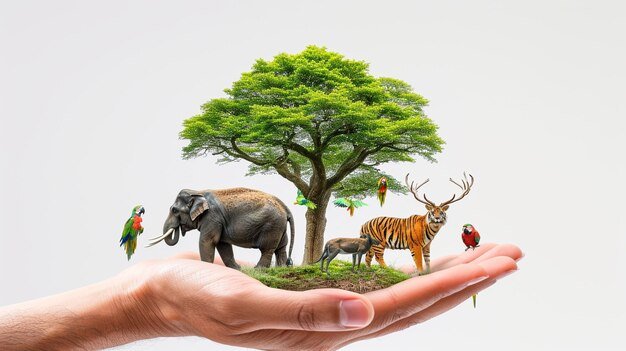
X share,
https://x.com/Gihani821/status/1888263828078461009?t=50oix8J4hN-WDZg_hhGvzQ&s=19